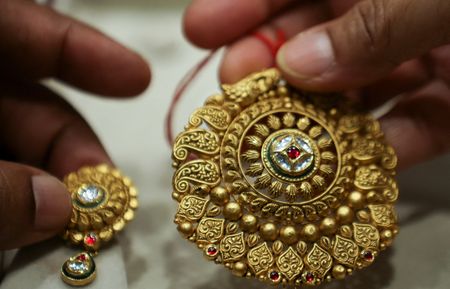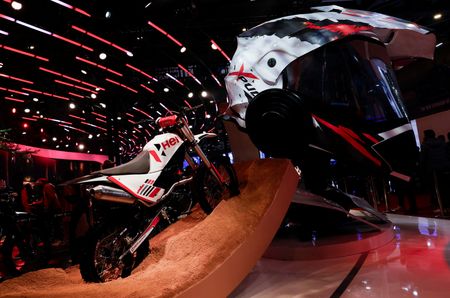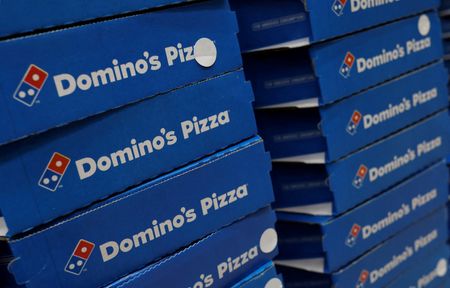By Anmol Choubey and Pablo Sinha
(Reuters) -Gold prices climbed to more than a three-week high on Thursday, supported by expectations the release of economic data following the reopening of the U.S. government could bolster the case for a Federal Reserve interest rate cut next month.
Spot gold was up 0.2% to $4,206.64 per ounce as of 11:03 a.m. EST (1603 GMT), its highest price since October 21. U.S. gold futures for December delivery fell 0.1% to $4,211.50 per ounce.
Traders expect that economic data released after the end of the shutdown will reveal U.S. labor market weakness and push the Fed toward at least one December rate cut, said Jim Wyckoff, senior analyst at Kitco Metals.
Private surveys have indicated job market weakness.
The U.S. government will resume operations after a record 43-day shutdown, under an agreement that funds federal operations through January 30.
While the U.S. central bank reduced rates last month, Fed Chair Jerome Powell cautioned that further easing this year was not guaranteed, partly due to a lack of data.
A Reuters poll showed 80% of economists expect another 25-basis-point cut at the Fed’s December 9-10 meeting.
Lower interest rates typically benefit gold, which offers no yield and is often seen as a safe-haven asset during periods of economic uncertainty.
Gold’s correlation with core macro drivers like the dollar and real yields has weakened notably over the past two weeks, reflecting a shift toward structural themes such as currency debasement and U.S. debt concerns, Standard Chartered said in a note. [USD/][US/]
Elsewhere, spot silver edged down 1.1% to $52.83 per ounce after rising to its highest level since October 17 earlier in the session.
“If silver doesn’t break higher decisively, we could see another round of profit-taking – expect volatility to remain high in the near term,” said Tai Wong, an independent metals trader.
Platinum was down 1.9% at $1,585.10 and palladium fell 1.2% to $1,456.50.
(Reporting by Anmol Choubey, Pablo Sinha and Noel John in Bengaluru; Editing by Sahal Muhammed and Paul Simao)









